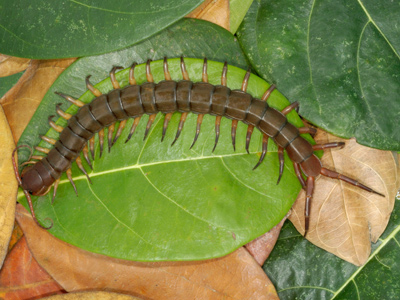
Biology - Energy in Food Chains (AQA)
In GCSE Science, students will learn about the transfer of energy and biomass in food chains. This is the first of three quizzes on that topic and it looks specifically at the transfer of chemical energy as biomass and how each stage of the food chain sees the transfer of less energy from one organism to another.
Apart from the extremophiles (some of whom get their energy from chemicals and heat coming from deep-sea hydrothermal vents), animals are solar powered! How come? The answer is food chains. Food chains are concerned with the transfer of chemical energy as biomass to the top predator. They always begin with plants or algae and end with a carnivore and they can be combined into food webs. A food web describes the feeding relationships within a community of plants and animals.
Ready for more?
not all...
quizzers. Try to win a coveted spot on our Hall of Fame Page.







